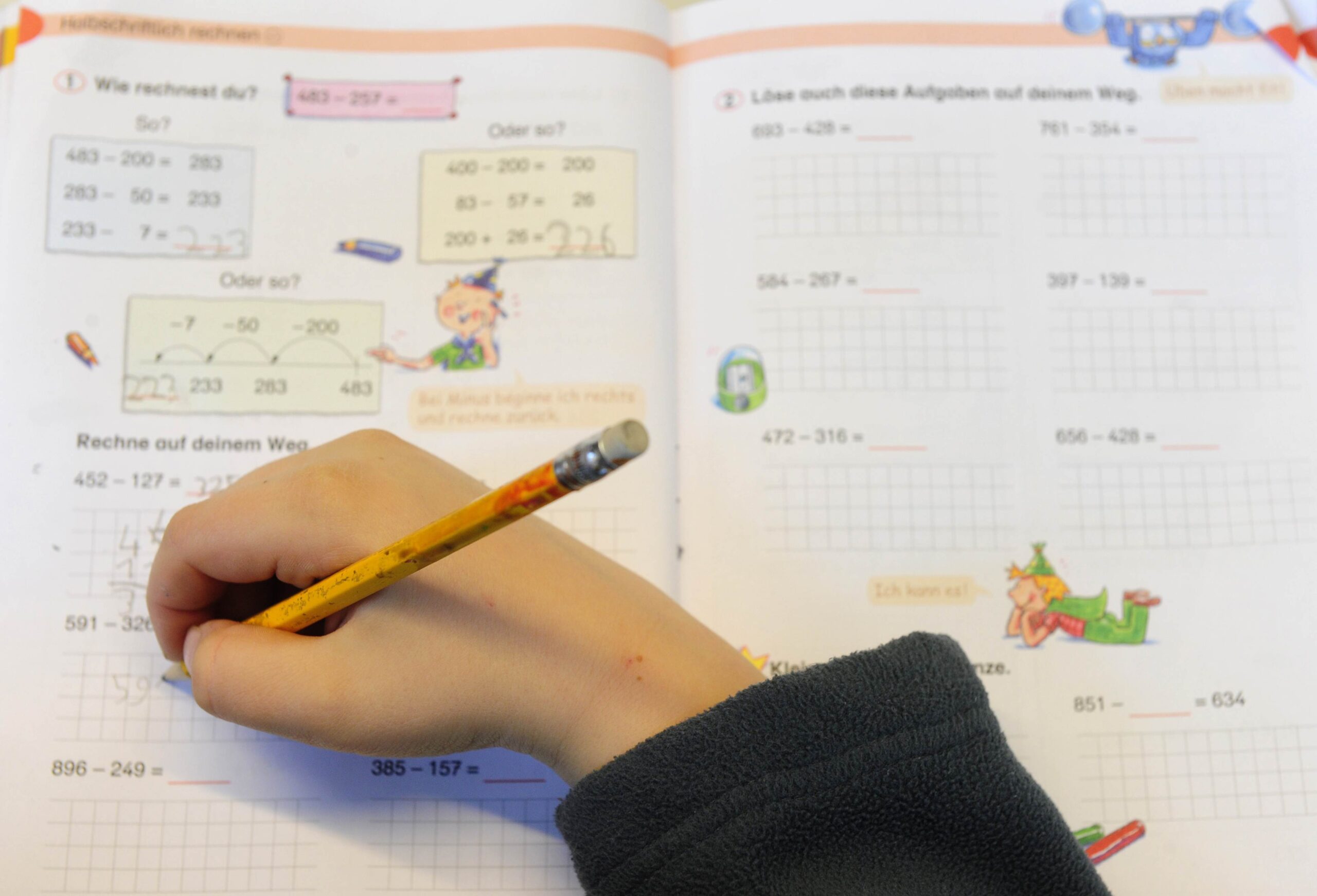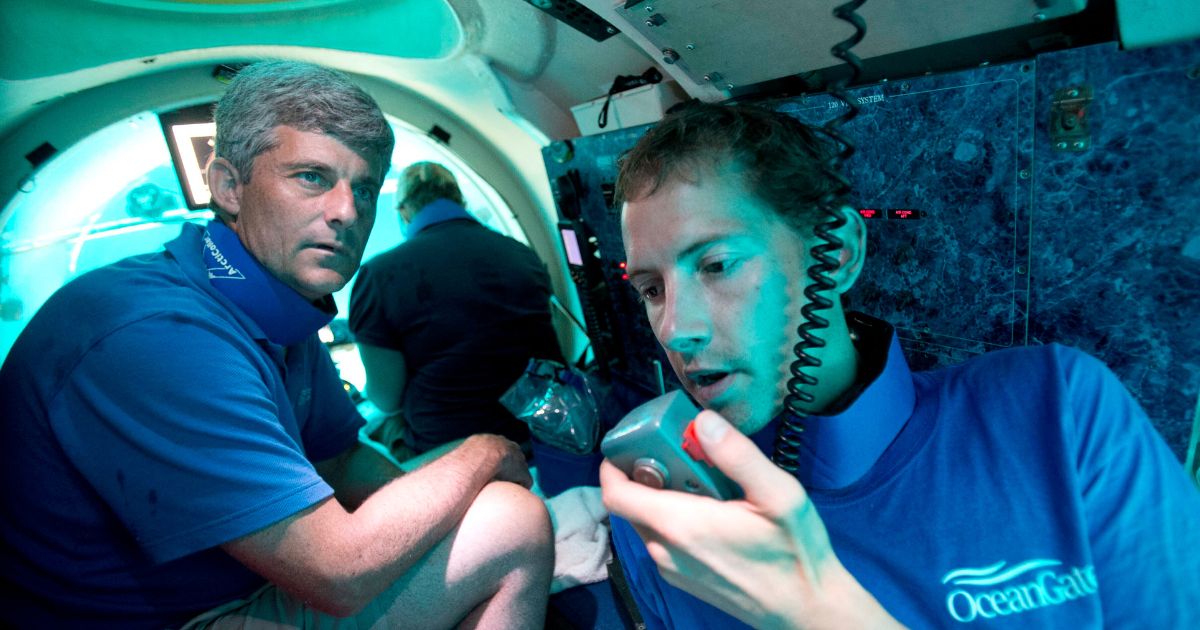UK Military Sees a 30% Decrease in Regular Forces Recruits
The strength of the UK Armed Forces dropped by 3.3% between 1 October 2021 and 1 October 2022, according to the latest recruitment and retention figures released by the UK Government, with just 5,090 people joining the regular forces, a 29.8% decrease registered during the reporting period.
Releasing the quarterly service personnel statistics on 15 December, the UK Government revealed that the total strength of UK forces personnel stood at 192,300 as of 1 October 2022. This marked a 6,640 decrease in service personnel compared to the same point last year.
Further decreases were registered in the full-time trained strength of the Royal Navy, Royal Marines, and Royal Air Force (RAF), and the full-time trade trained strength of the British Army on 1 October 2022, with the figure standing at 134,940, a decrease of 2,190 (1.6%) from 1 October 2021.
Recruitment has also registered a steep drop, with 11,982 people joining the UK regular forces in the past 12 months (1 October 2021 – 30 September 2022), a decrease of 5,090 (29.8%) compared with the previous 12-month period.
Tellingly, retention is also suffering, with 16,250 people leaving the UK regular forces between 1 October 2021 and 30 September 2022, or more than 1,300 per month, an increase of 2,400 (17.4%) compared with the previous 12-month period.
Further decreases were registered when comparing the full-time trained strength of the Royal Navy, Royal Marines, and RAF, and the full-time trade trained strength of the British Army at 1 October 2022 of 134,940, a decrease of 2,190 (1.6%) from 1 October 2022.
Recruitment has also registered a steep drop, with 11,982 people joining the UK regular forces in the past 12 months (1 October 2021 – 30 September 2022), a decrease of 5,090 (29.8%) compared with the previous 12-month period.
| 1Oct19 | 1Oct20 | 1Oct21 | 1Apr22 | 1Jul22 | 1Oct22 | % change since 1Oct21 | |
| UK Forces personnel | 192,660 | 195,050 | 198,940 | 196,240 | 193,890 | 192,300 | -3.3% |
| UK Regular Forces | 144,650 | 146,330 | 149,540 | 147,980 | 146,270 | 145,270 | -2.9% |
| Gurkhas | 3,380 | 3,740 | 3,960 | 4,110 | 4,090 | 4,070 | +2.7% |
| Volunteer Reserve | 36,830 | 37,040 | 37,060 | 35,860 | 35,240 | 34,760 | -6.2% |
| Other personnel | 7,790 | 7,940 | 8,380 | 8,290 | 8,290 | 8,210 | -2.1% |
| Royal Navy/Marines | 38,900 | 39,840 | 40,650 | 40,130 | 39,860 | 39,410 | -3.0% |
| UK Regular Forces | 32,600 | 33,380 | 34,130 | 33,930 | 33,750 | 33,390 | -2.2% |
| Volunteer Reserve | 3,910 | 4,000 | 4,040 | 3,810 | 3,670 | 3,610 | -10.7% |
| Other personnel | 2,390 | 2,450 | 2,480 | 2,400 | 2,440 | 2,410 | -2.6% |
| British Army | 116,730 | 117,810 | 120,300 | 118,240 | 116,340 | 115,650 | -3.9% |
| UK Regular Forces | 79,330 | 80,040 | 82,040 | 80,730 | 79,380 | 79,140 | -3.5% |
| Gurkhas | 3,380 | 3,740 | 3,960 | 4,110 | 4,090 | 4,070 | +2.7% |
| Volunteer Reserve | 29,840 | 29,790 | 29,740 | 28,810 | 28,330 | 27,950 | -6.0% |
| Other personnel | 4,180 | 4,240 | 4,560 | 4,590 | 4,540 | 4,490 | -1.6% |
| Royal Air Force | 37,030 | 37,400 | 37,990 | 37,880 | 37,690 | 37,240 | -2.0% |
| UK Regular Forces | 32,720 | 32,910 | 33,380 | 33,320 | 33,140 | 32,740 | -1.9% |
| Volunteer Reserve | 3,090 | 3,240 | 3,280 | 3,250 | 3,240 | 3,200 | -2.3% |
| Other personnel | 1,220 | 1,250 | 1,340 | 1,310 | 1,310 | 1,300 | -2.6% |
The 2015 Strategic Defence and Security Review outlined plans to uplift the size of the UK regular forces, setting targets for a strength of 82,000 for the British Army, and increasing the Royal Navy, Royal Marines, and RAF by a total of 700 personnel. The Future Reserves 2020 programme was aimed at increasing the size of the reserve services.
Across all services, voluntary outflow, described as encompassing all trained service personnel who voluntarily exit before the end of their agreed engagement or commission period, was the most common reason for personnel departure, accounting for 59.4% of outflow in the 12 months to 30 September 2022. Voluntary outflow was highest in the Royal Navy and Royal Marines at 6%, followed by the British Army (5.7%), and the RAF (5.3%).
However, the largest drop was seen in the reserve services, with just 3,720 people joining Future Reserves 2020 during the reporting period, a decrease of 1,980, or 34.8%. The trained strength of the Future Reserves 2020 stood at 31,030 on 1 October 2022, a dip of 1,040 (3.2%) since the same point last year.
Departures from Future Reserves rose to 5,990 in the reporting period, an increase of 330 (5.9%) compared with the previous 12-month period.
Intake rates for the reserves in the 12 months to 30 September saw a 9.2% dip in the Maritime Reserves, a 4.8% decrease in the Army Reserve, and a 0.5% drop in RAF Reserves.
Military pay hit by economic factors
Military pay has long been an issue of contention, having been affected by historical public sector pay freezes, and a steep rise in UK living costs as a result of rocketing inflation. In 2021/22, only those on rates below £24,000 received a pay rise of £250, with all other pay increment levels remaining frozen at 2020/21 rates of pay.
According to official figures, compiled by the Office for National Statistics, in 2021/22, the growth of military salaries was lower than the real growth of average earnings. Relative to the Consumer Price Index, military salaries were down 3.7% during 2021/22, whereas growth in UK average earnings for the economy experienced a growth rate of 2.6%.
According to the Bank of England, the current rate of inflation stands at 10.7%, far above the notional 2% target previously set. The Bank of England further raised interest rates to 3.5%, the ninth consecutive rise, in a bid to reduce inflation in the UK, which has slipped into an official recession.
" Conservative News Daily does not always share or support the views and opinions expressed here; they are just those of the writer."






